2025 Author: Erin Ralphs | [email protected]. Last modified: 2025-01-22 21:14:12
The ventilation and heating system is used to create comfortable climatic conditions for the driver and passengers inside the car. With its help, we can breathe fresh air while inside the car, as well as maintain the required temperature.
In this article we will look at how the VAZ-2107 heating and ventilation system works. We will deal with the features of its design, the main malfunctions and methods for their elimination.

What does the ventilation and heating system consist of
VAZ-2107 heating system is integrated into the engine cooling system. The heating of the air entering the passenger compartment occurs in the process of heat exchange of the refrigerant, which is carried out with the help of an additional radiator. It consists of the following elements:
- heater;
- control module;
- air ducts;
- adjustable nozzles.
What is a heater
The main element of the system is the heater, or as it is also called, the “stove”. Its design includes:
- plastic housing with air intake cover;
- heater radiator with tap;
- electricfan.
In fact, the heater is a real "stove". The upper part of its body is equipped with an adjustable air intake cover. Through it, outside air enters the "stove". Inside the housing there is a heater radiator through which the heated refrigerant (antifreeze or antifreeze) moves.

Due to it, the air heats up. The radiator is equipped with a tap that allows you to adjust the intensity of the movement of the coolant through it, or to block it altogether. In VAZ-2107 cars, the interior heating system is usually turned off during the warm season. And this is done using this device.
Heated air by itself cannot enter the passenger compartment with the necessary pressure, even during fast driving. For its injection, an electrically driven fan (motor) is used. It is also located inside the heater housing. Fan "seven" can operate in three different power modes.
Control module
The VAZ-2107 heating system is controlled by a special module located at the bottom of the dashboard. Its design includes three levers and a heater fan mode switch.
The uppermost lever provides control of the "stove" tap. In the extreme left position, it is closed, and the coolant moves around the heating radiator. If the switch is moved all the way to the right, the refrigerant will begin to flow into it in full, heating the air to the maximum.
The middle lever allows you to close-open the lidair supply. In the left position, it will be completely closed, and outside air will not be able to enter the cabin. The lid will fully open when we move the switch to the leftmost position.
The VAZ-2107 heating system provides for the distribution of air flows for blowing the windshield and front side windows. It is carried out using the lower lever. In the right position, the air is directed to the side windows, in the left position, to the windshield.

Heater faucet, air intake cover, and dampers that redirect air flows are driven by cables.
The fan mode switch is located to the left of the control levers. It has four positions where the fan is:
- off;
- works at first speed;
- in second gear;
- in third gear.
Air ducts
Air ducts are used to transport warm (cold) air to the windshield and side windows. There are only three of them:
- left;
- right;
- central.
Each of the air ducts is a plastic "sleeve" of a certain shape. At one end they are attached to the heater body, the other - to the corresponding nozzle. In order to reduce air loss during transmission, the connections are sealed with rubber cuffs.
Nozzles
A nozzle, or deflector, is a device through which air enters directly into the passenger compartment. The VAZ-2107 heating system includes four deflectors: left, twocenter and right. A design feature of the nozzle is a mechanism that allows you to change the position of the lamellas inside it, redirecting the air flow from side to side, and also block it altogether.

How it works
Having studied the structure of the VAZ-2107 heating system, it is easy to understand how it functions. So, air through the grilles on the hood of the car and the air intake cover enters the heater housing. There, depending on the temperature of the coolant and the position of the damper of the “stove” tap, it warms up to a certain temperature, and moves further along the air ducts through the deflectors into the passenger compartment. The intensity of the air flow in this case depends on the speed of the machine (with the fan turned off), or on the position of the fan mode switch. By changing the position of the lower lever of the control module, as well as the position of the lamellas in the nozzles, we direct warm air where we need it - on the windshield, on the side windows, or in the center of the cabin.
Injector and carburetor: is there a difference in the design of the heating system
The VAZ-2107 heating system (injector) is no different from the one that was equipped with the old carburetor "sevens". Their design and principle of operation are absolutely identical. Radiators, their taps, electric fans and all other elements are interchangeable. The only thing that the VAZ-2107 heating system (carburetor) may differ in is the material for the manufacture of the “stove” radiator. The old "sevens" they were made of copper.

Common problems and solutions
Despite the simplicity of the design, the VAZ-2107 heating system fails quite often. Its most vulnerable places are:
- heater valve;
- fan (electric motor);
- stove radiator.
The tap of the "seven" heater, like all classic VAZs, breaks most often. Its most popular malfunction is a leak caused by depressurization of the case. A similar problem is solved by replacing the spare part. Crane repair is not possible in most cases.
Another common failure is a broken drive cable. To replace it, you will have to dismantle the crane, because it is impossible to get to its fastening from the side of the locking device without removing it. You should also monitor the tension of the cable. If allowed to sag, the faucet damper will not open fully.
As for the fan, it can not be called reliable either. Usually it breaks down with the onset of cold weather. The cause of a motor malfunction is, at best, worn bearings or brushes, and at worst, an open or shorted winding. The situation can be corrected by repairing the electric motor or replacing it.

The heater radiator also has two "diseases": leakage and clogging. The first malfunction can be caused either by mechanical damage or by chemical processes. Today, radiators are made of aluminum alloy, which does not differ in particularresistance to technical liquids. And if the old copper radiators could still be soldered, then modern ones can only be replaced.
Clogging of the heat exchanger also occurs as a result of chemical processes. Scale gradually settles on the walls of the tubes of the device and over time limits the normal circulation of the coolant. This leads to the fact that the air injected into the passenger compartment does not warm up to the desired temperature. You can get rid of such a problem by flushing the radiator with special liquids, in extreme cases, by replacing the device.
Recommended:
ABS system. Anti-blocking system: purpose, device, principle of operation. Bleeding brakes with ABS
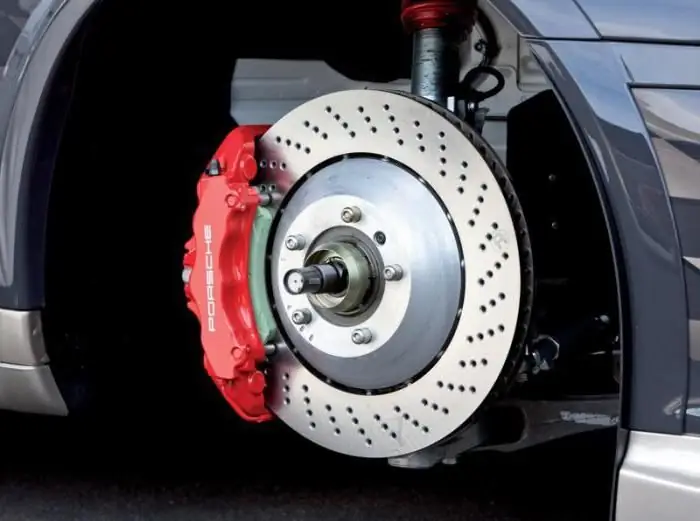
Not always an inexperienced driver manages to cope with the car and quickly reduce the speed. You can prevent skidding and blocking of the wheels by intermittently applying the brake. There is also an ABS system, which is designed to prevent dangerous situations while driving. It improves the quality of grip with the roadway and maintains the controllability of the car, regardless of the type of surface
Cooling system device. Branch pipes of the cooling system. Replacing the pipes of the cooling system
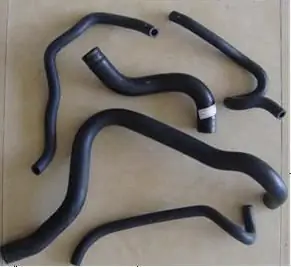
The internal combustion engine works stably only under a certain thermal regime. Too low a temperature leads to rapid wear, and an excessively high temperature can cause irreversible consequences, up to jamming of the pistons in the cylinders. Excess heat from the power unit is removed by the cooling system, which can be liquid or air
Throttle sensor VAZ-2110: signs of a malfunction, device, principle of operation, tips for troubleshooting
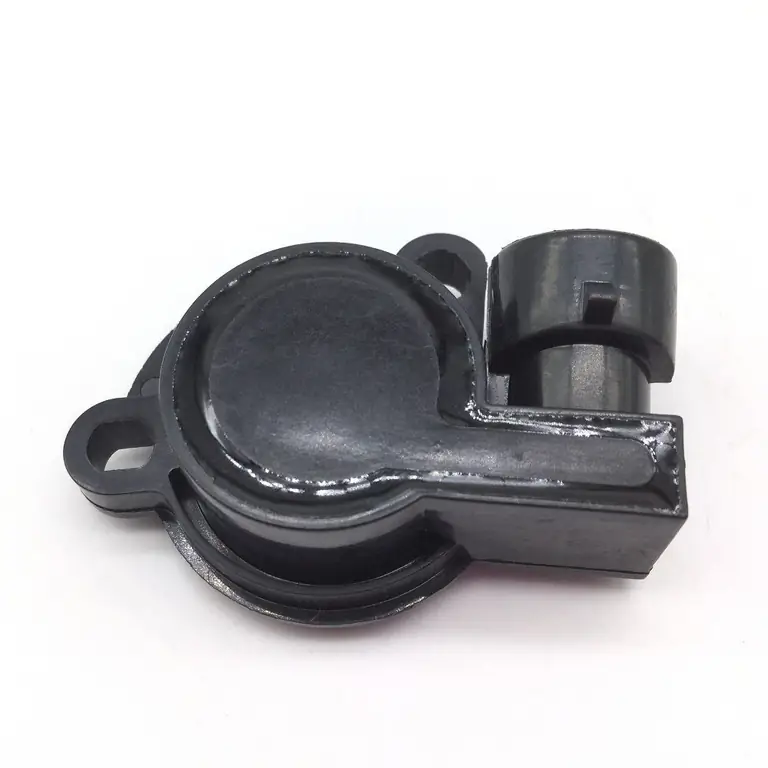
In this article, the purpose of the VAZ 2110 throttle position sensor, its design and principle of operation are discussed in detail and in an accessible way. Typical malfunctions, ways to detect them and fix them yourself are given
Chevrolet Niva: cooling system. Chevrolet Niva: cooling system device and possible malfunctions
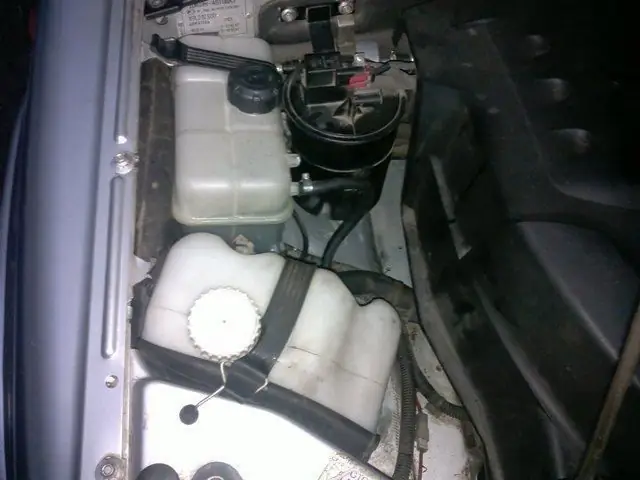
Any car contains several basic systems, without the proper functioning of which all the benefits and pleasure of owning can be nullified. Among them: the engine power system, the exhaust system, the electrical system, and the engine cooling system
Car air conditioning system: diagnostics, repair, flushing, cleaning, system pressure. How to flush a car's air conditioning system?
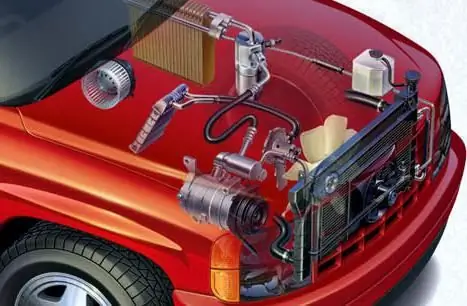
The warm season is accompanied by frequent requests from car owners to service shops for such a service as diagnostics of the car's air conditioning system, as well as troubleshooting. We will understand the reasons for this phenomenon

